Questions of water, waste plague nuclear power proponents in Colorado
Fort St. Vrain, still home to 14 tons of spent fuel, offers cautionary tale
The future of Colorado's dormant nuclear power industry hinges on two critical issues – water and waste – both of which could prove insurmountable for proponents of new nuclear power plants in the state.
Pueblo attorney Don Banner struck a nerve last week with his proposal for a new clean energy park that would include a nuclear power plant. His rezoning request will likely be decided by the Pueblo County commissioners next month, but not before the plan sparked heated debate in the wake of Japan's ongoing nuclear power crisis.
Colorado Sen. Mark Udall has long been a proponent of launching a nuclear power renaissance in the United States to combat the climate change impacts of carbon-spewing fossil fuels such as coal and natural gas, which currently dominate as the nation's preferred and cheapest methods of generating electricity. Nuclear, largely on hold in the U.S. since the Three Mile Island incident in Pennsylvania in 1979, still produces 20 percent of the nation's electrical power.
Udall would not directly address Banner's nuclear power plant concept in Pueblo, but the Democratic senator did say the earthquake and tsunami that crippled Japan's Fukushima Daiichi nuclear plant should serve as a serious wake-up call for the nation's new-found nuclear ambitions.
“The tragedy in Japan should give us all pause,” Udall told the Colorado Independent this week. “It's a reminder of how important it is to ensure we proceed carefully and cautiously on nuclear energy, especially regarding spent fuel storage. We need to review our own nuclear facilities and future plans to ensure we're prepared not only for disaster, but also to deal with the waste.”
Spent nuclear fuel rods stored onsite at Fukushima Daiichi have exacerbated the crisis and hampered response efforts, and the New York Times this week reported similar waste-storage situations exist at many of the 104 nuclear reactors currently operating in the United States. Efforts to establish a national repository for spent nuclear fuel at Yucca Mountain in Nevada have been derailed by politics.
Colorado's only foray into nuclear power ended in 1989 when the Fort St. Vrain Nuclear Generating Station near Platteville, between Longmont and Greeley, was permanently shut down. Now, about a quarter of a mile from Xcel Energy's gas-fired power plant there, more than 14 metric tons of spent nuclear fuel sits inside of 1,464 graphite blocks within what's known as an Independent Spent Fuel Storage Installation (ISFSI).
The Nuclear Regulatory Commission's license to the U.S. Department of Energy (DOE) to continue storing the spent fuel in Colorado expires in November. The DOE has requested a 20-year extension.
“The best place is where it is right now, which is in our place,” said ISFSI facility manager Ted Borst when asked if Fort St. Vrain's spent fuel needs to be moved. “And in my mind what I hope we'll end up doing with all the fuel is recycling and reusing it, because you only use about 10 percent of the energy when you put it through the reactor, so there's a lot of energy there that's still renewable if you just want to reuse it, recycle it.”
For instance, the proposed Pueblo power plant might be a logical recipient of Fort St. Vrain's spent fuel, Borst said, adding, “I've heard talk about that energy park down there and that nuclear might be a part of that, so who knows?”
Banner currently does not have a developer or utility on board to finance or build a nuclear plant near Pueblo. Asked if Xcel Energy, which operated Fort St. Vrain as Public Service Co. of Colorado from 1979 to 1989, would be interested in a Pueblo nuclear plant or in building a new nuclear facility anywhere in Colorado, spokesman Mark Stutz offered the company's overarching philosophy on nuclear power.
“It's a complicated answer, but generally we believe nuclear power should at least be considered in future discussions on additional or replacement generation resources in Colorado,' Stutz said, adding the Minnesota-based utility – Colorado's largest power provider – currently doesn't operate any nuclear facilities in Colorado but has three reactors active in Minnesota. “So we obviously support nuclear power.”
Fort St. Vrain was a unique, high-temperature, gas-cooled reactor that used helium in order to reduce the amount of water utilized by conventional reactors. Borst, who began working at the plant in 1980, said that design was implemented specifically because of Colorado's lack of water resources. Operating inefficiencies, however, ultimately led to Fort St. Vrain being the first commercial nuclear plant to be shut down in the United States.
Still. Borst thinks advances in gas-cooled reactor technology make it a viable option for a future Colorado nuclear power plant.
“That design does make sense,” Borst said, “and the Department of Energy is looking at some advanced high-temperature gas-cooled designs right now. We did work a lot of kinks out of the system, and I'm convinced a new plant of that design would work a lot better and make sense for Colorado where we don't have a whole lot of water.”
But critics of Banner's Pueblo plan say he lacks the water rights to properly service even a gas-cooled reactor.
“His Achilles heel to this project is the water,” said Sharyn Cunningham of Colorado Citizens Against ToxicWaste, an organization that has fought Cotter Corp. for years over its ongoing cleanup of the Cotter Mill uranium processing facility near Cañon City.
“On top of that, if they put a nuclear site there – just like Fort St. Vrain – that is land with waste forever,” Cunningham added. “From now until forever. It never goes away. They're not going to be taking it somewhere, unless something drastically changes about making a national repository. You are basically leaving something that you have to depend on regulators to protect you from forever.”
Not a problem, Borst said – at least at Fort St. Vrain. As a contractor to the DOE, Borst said all contingencies to safeguard the spent fuel have been fully covered.
“Their minds should be at ease,” he said of public concerns. The facility is very robust and it's designed to take a design-basis earthquake, a design-basis tornado. We even have a design-basis flood in there, which there isn't a whole lot of water around there and we're kind of sitting above the rivers so it's kind of hard to see how a flood could happen.”
In the long run, Borst said he thinks the disaster in Japan – which has badly shaken public confidence in nuclear power around the world – may wind up being a boost for the industry.
“I think what we'll find out is it was a really bad accident and the consequences were not all that bad, so I think in the final analysis it will be a plus for the nuclear side to say that in spite of the magnitude of the earthquake and tsunami, which nobody planned on, things are not going to be all that catastrophic once everything gets straightened out and people understand what really happened over there,” Borst said.
Pueblo attorney Don Banner struck a nerve last week with his proposal for a new clean energy park that would include a nuclear power plant. His rezoning request will likely be decided by the Pueblo County commissioners next month, but not before the plan sparked heated debate in the wake of Japan's ongoing nuclear power crisis.
Colorado Sen. Mark Udall has long been a proponent of launching a nuclear power renaissance in the United States to combat the climate change impacts of carbon-spewing fossil fuels such as coal and natural gas, which currently dominate as the nation's preferred and cheapest methods of generating electricity. Nuclear, largely on hold in the U.S. since the Three Mile Island incident in Pennsylvania in 1979, still produces 20 percent of the nation's electrical power.
Udall would not directly address Banner's nuclear power plant concept in Pueblo, but the Democratic senator did say the earthquake and tsunami that crippled Japan's Fukushima Daiichi nuclear plant should serve as a serious wake-up call for the nation's new-found nuclear ambitions.
“The tragedy in Japan should give us all pause,” Udall told the Colorado Independent this week. “It's a reminder of how important it is to ensure we proceed carefully and cautiously on nuclear energy, especially regarding spent fuel storage. We need to review our own nuclear facilities and future plans to ensure we're prepared not only for disaster, but also to deal with the waste.”
Spent nuclear fuel rods stored onsite at Fukushima Daiichi have exacerbated the crisis and hampered response efforts, and the New York Times this week reported similar waste-storage situations exist at many of the 104 nuclear reactors currently operating in the United States. Efforts to establish a national repository for spent nuclear fuel at Yucca Mountain in Nevada have been derailed by politics.
Colorado's only foray into nuclear power ended in 1989 when the Fort St. Vrain Nuclear Generating Station near Platteville, between Longmont and Greeley, was permanently shut down. Now, about a quarter of a mile from Xcel Energy's gas-fired power plant there, more than 14 metric tons of spent nuclear fuel sits inside of 1,464 graphite blocks within what's known as an Independent Spent Fuel Storage Installation (ISFSI).
The Nuclear Regulatory Commission's license to the U.S. Department of Energy (DOE) to continue storing the spent fuel in Colorado expires in November. The DOE has requested a 20-year extension.
“The best place is where it is right now, which is in our place,” said ISFSI facility manager Ted Borst when asked if Fort St. Vrain's spent fuel needs to be moved. “And in my mind what I hope we'll end up doing with all the fuel is recycling and reusing it, because you only use about 10 percent of the energy when you put it through the reactor, so there's a lot of energy there that's still renewable if you just want to reuse it, recycle it.”
For instance, the proposed Pueblo power plant might be a logical recipient of Fort St. Vrain's spent fuel, Borst said, adding, “I've heard talk about that energy park down there and that nuclear might be a part of that, so who knows?”
Banner currently does not have a developer or utility on board to finance or build a nuclear plant near Pueblo. Asked if Xcel Energy, which operated Fort St. Vrain as Public Service Co. of Colorado from 1979 to 1989, would be interested in a Pueblo nuclear plant or in building a new nuclear facility anywhere in Colorado, spokesman Mark Stutz offered the company's overarching philosophy on nuclear power.
“It's a complicated answer, but generally we believe nuclear power should at least be considered in future discussions on additional or replacement generation resources in Colorado,' Stutz said, adding the Minnesota-based utility – Colorado's largest power provider – currently doesn't operate any nuclear facilities in Colorado but has three reactors active in Minnesota. “So we obviously support nuclear power.”
Fort St. Vrain was a unique, high-temperature, gas-cooled reactor that used helium in order to reduce the amount of water utilized by conventional reactors. Borst, who began working at the plant in 1980, said that design was implemented specifically because of Colorado's lack of water resources. Operating inefficiencies, however, ultimately led to Fort St. Vrain being the first commercial nuclear plant to be shut down in the United States.
Still. Borst thinks advances in gas-cooled reactor technology make it a viable option for a future Colorado nuclear power plant.
“That design does make sense,” Borst said, “and the Department of Energy is looking at some advanced high-temperature gas-cooled designs right now. We did work a lot of kinks out of the system, and I'm convinced a new plant of that design would work a lot better and make sense for Colorado where we don't have a whole lot of water.”
But critics of Banner's Pueblo plan say he lacks the water rights to properly service even a gas-cooled reactor.
“His Achilles heel to this project is the water,” said Sharyn Cunningham of Colorado Citizens Against ToxicWaste, an organization that has fought Cotter Corp. for years over its ongoing cleanup of the Cotter Mill uranium processing facility near Cañon City.
“On top of that, if they put a nuclear site there – just like Fort St. Vrain – that is land with waste forever,” Cunningham added. “From now until forever. It never goes away. They're not going to be taking it somewhere, unless something drastically changes about making a national repository. You are basically leaving something that you have to depend on regulators to protect you from forever.”
Not a problem, Borst said – at least at Fort St. Vrain. As a contractor to the DOE, Borst said all contingencies to safeguard the spent fuel have been fully covered.
“Their minds should be at ease,” he said of public concerns. The facility is very robust and it's designed to take a design-basis earthquake, a design-basis tornado. We even have a design-basis flood in there, which there isn't a whole lot of water around there and we're kind of sitting above the rivers so it's kind of hard to see how a flood could happen.”
In the long run, Borst said he thinks the disaster in Japan – which has badly shaken public confidence in nuclear power around the world – may wind up being a boost for the industry.
“I think what we'll find out is it was a really bad accident and the consequences were not all that bad, so I think in the final analysis it will be a plus for the nuclear side to say that in spite of the magnitude of the earthquake and tsunami, which nobody planned on, things are not going to be all that catastrophic once everything gets straightened out and people understand what really happened over there,” Borst said.
![]() 0 Comments on "Questions of water, waste plague nuclear power proponents in Colorado"
0 Comments on "Questions of water, waste plague nuclear power proponents in Colorado"
Be the first to comment below.


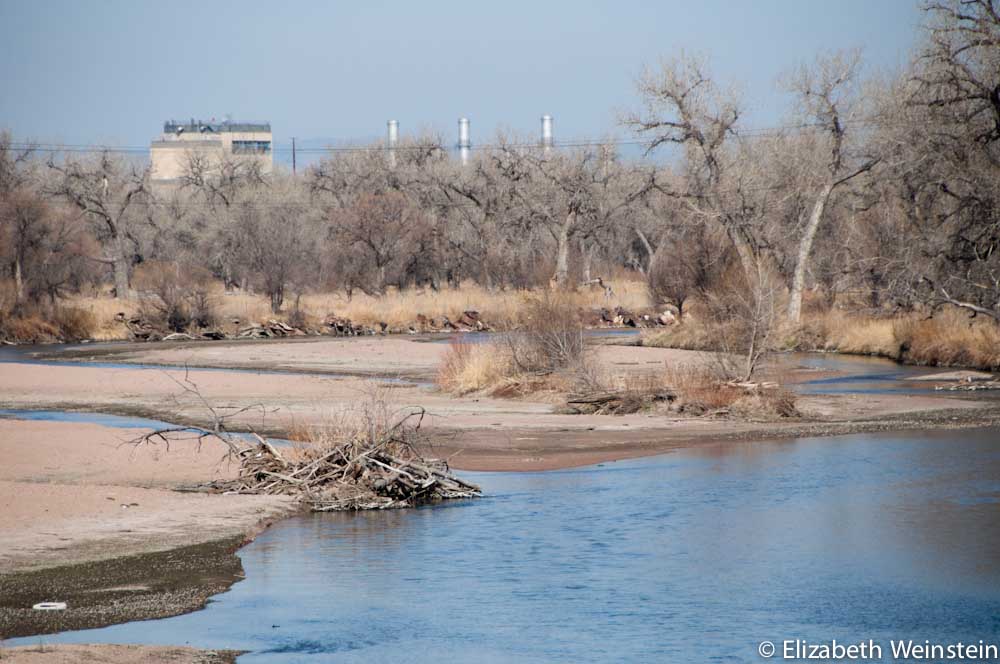
 Vail Town Council to weigh new plan to redevelop T...
Vail Town Council to weigh new plan to redevelop T... 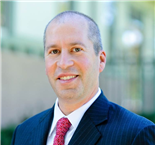 All about indexes
All about indexes 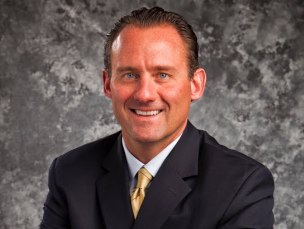 Transforming your social security into a winning r...
Transforming your social security into a winning r...  Pass sales, real estate transactions, revenues inc...
Pass sales, real estate transactions, revenues inc...  Vail Valley native with passion for Biophilic inte...
Vail Valley native with passion for Biophilic inte...  Beaver Creek starts work on new summer activities
Beaver Creek starts work on new summer activities  Land Trust, ECO Trails, Vail Resorts team up to cl...
Land Trust, ECO Trails, Vail Resorts team up to cl...  EUROVISION named Host Broadcaster for 2015 World A...
EUROVISION named Host Broadcaster for 2015 World A...  Vail Resorts brings back Lindsey Vonn's 'School of...
Vail Resorts brings back Lindsey Vonn's 'School of...  Hundreds turn out for 2015 World Championships vol...
Hundreds turn out for 2015 World Championships vol...  Eagle County Senior Health Expo and 9th Annual Hea...
Eagle County Senior Health Expo and 9th Annual Hea...  Final race of Vail Mountain Trail Running Series s...
Final race of Vail Mountain Trail Running Series s...  Before you write your will ...
Before you write your will ... 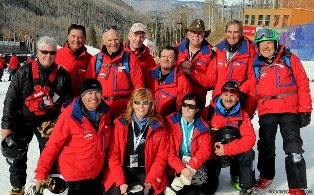 2015 World Ski Championships volunteer recruitment...
2015 World Ski Championships volunteer recruitment... 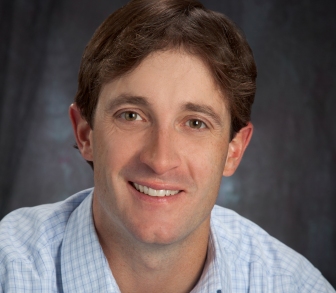 Ascent Sotheby’s International Realty in Vail an...
Ascent Sotheby’s International Realty in Vail an...  CDOT outlines road closures for local stages of US...
CDOT outlines road closures for local stages of US...  Italian artist creates unique trophies for Vail, B...
Italian artist creates unique trophies for Vail, B...  Vail Recreation District once again hosting Jake W...
Vail Recreation District once again hosting Jake W... 

